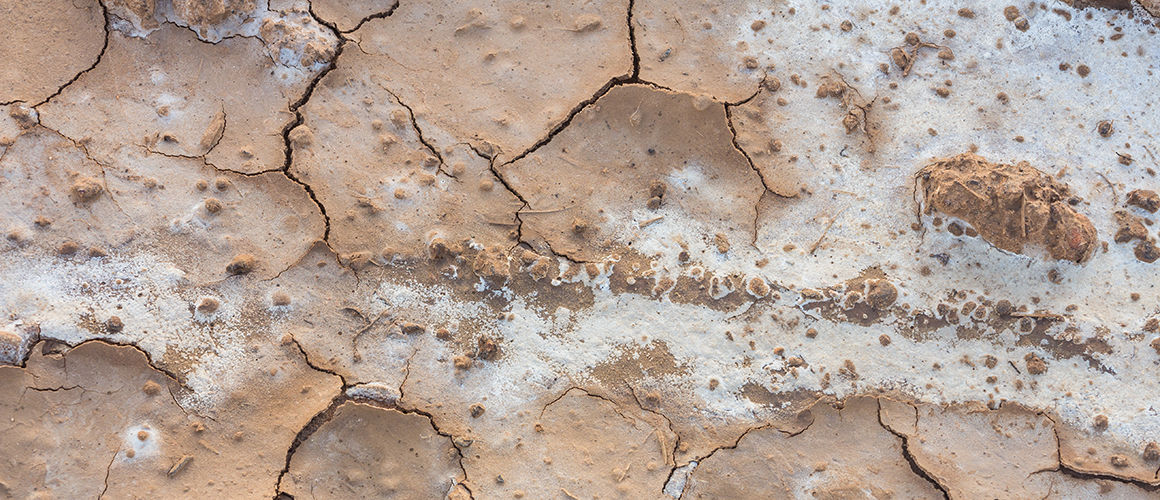International research investigates how to live with salinity in potato crops
Salt-affected soils are a problem throughout the world, including many regions in Australia. Continuous salinisation of land – especially irrigated agricultural land in semi-arid and arid regions – is also a growing problem, and one that is estimated to be increasing at a rate of 0.25-0.5 of a millihectare per year.
Wageningen University Senior Researcher Greet Blom has been part of a team assessing different strategies that can be used to optimise crop development in brackish conditions, paying particular attention to irrigation practices. Other potential methods for minimising salt damage include soil coverage by mulching, intercropping and integration with aquaculture.
A key finding of this research has been the impact of using drip irrigation, instead of in-furrow or sprinkler irrigation. By applying surface drip irrigation, growers can save water and potentially even permanently leach salt from the root zone, compared to the accumulation of salt near root zones that occurs using other conventional irrigation methods.
Dr Blom’s study also found increases in leaf area index, water use efficiency, intercepted photosynthetically active radiation and tuber yields in plots that had mulching treatments applied.
We’ve published a detailed look at this research into brackish soils in the April/May 2018 edition of Potatoes Australia. You can click here to go directly to this edition, or visit the publications section of our website to view back editions of the magazine!
This post appeared in the AUSVEG Weekly Update published 22 May 2018. Subscribe to the Update using our online form to receive the latest industry news in your inbox every week!


